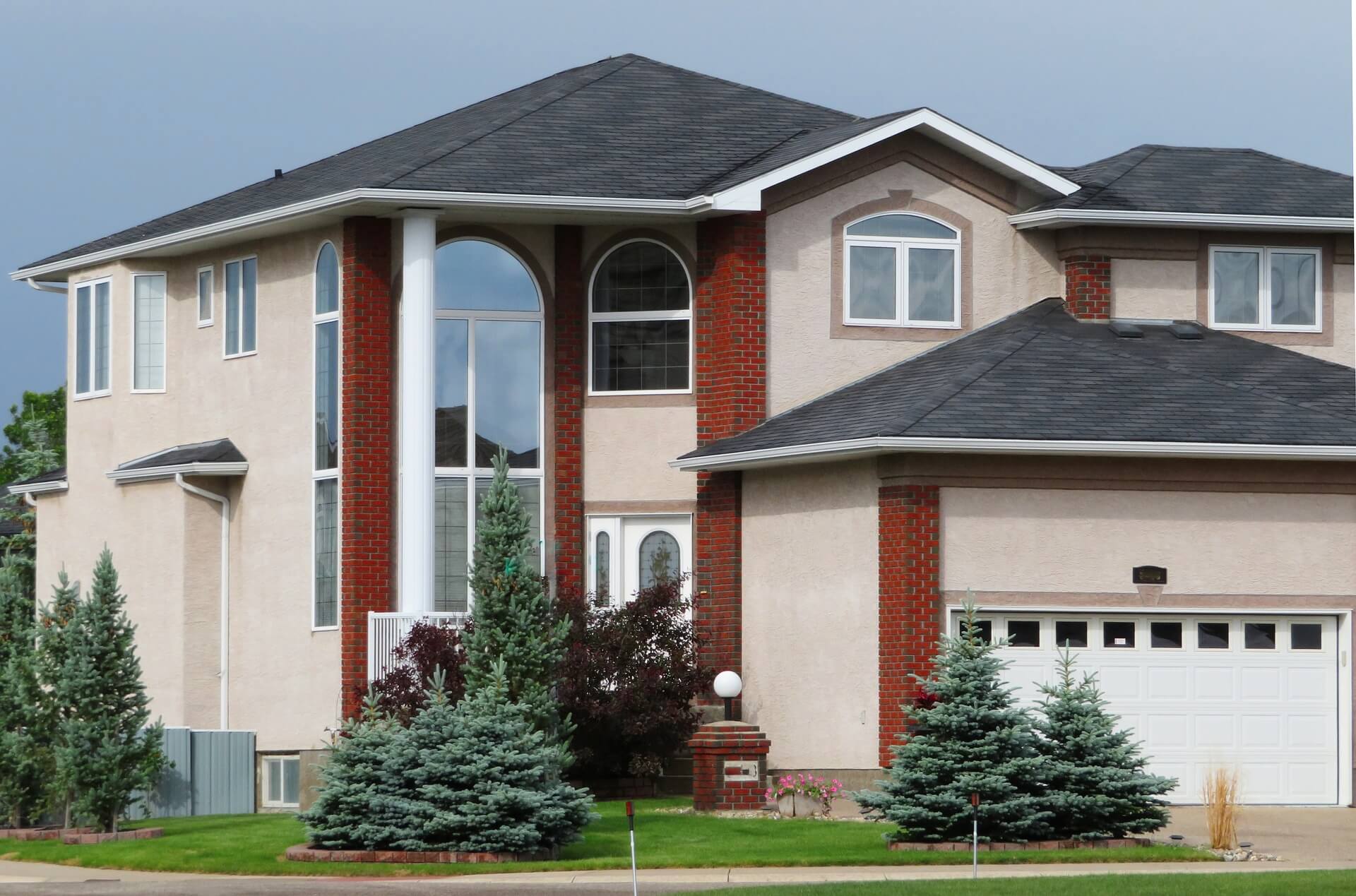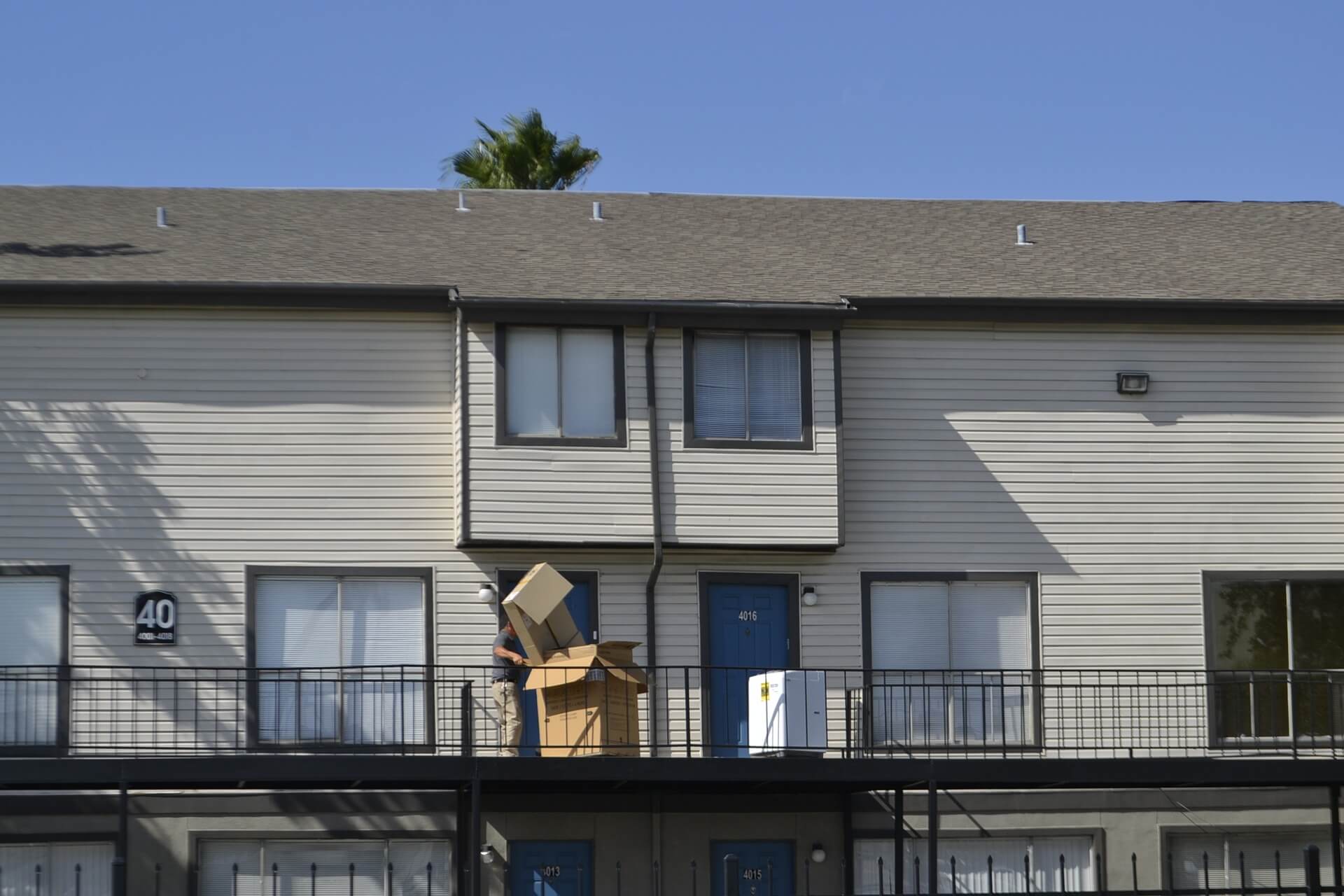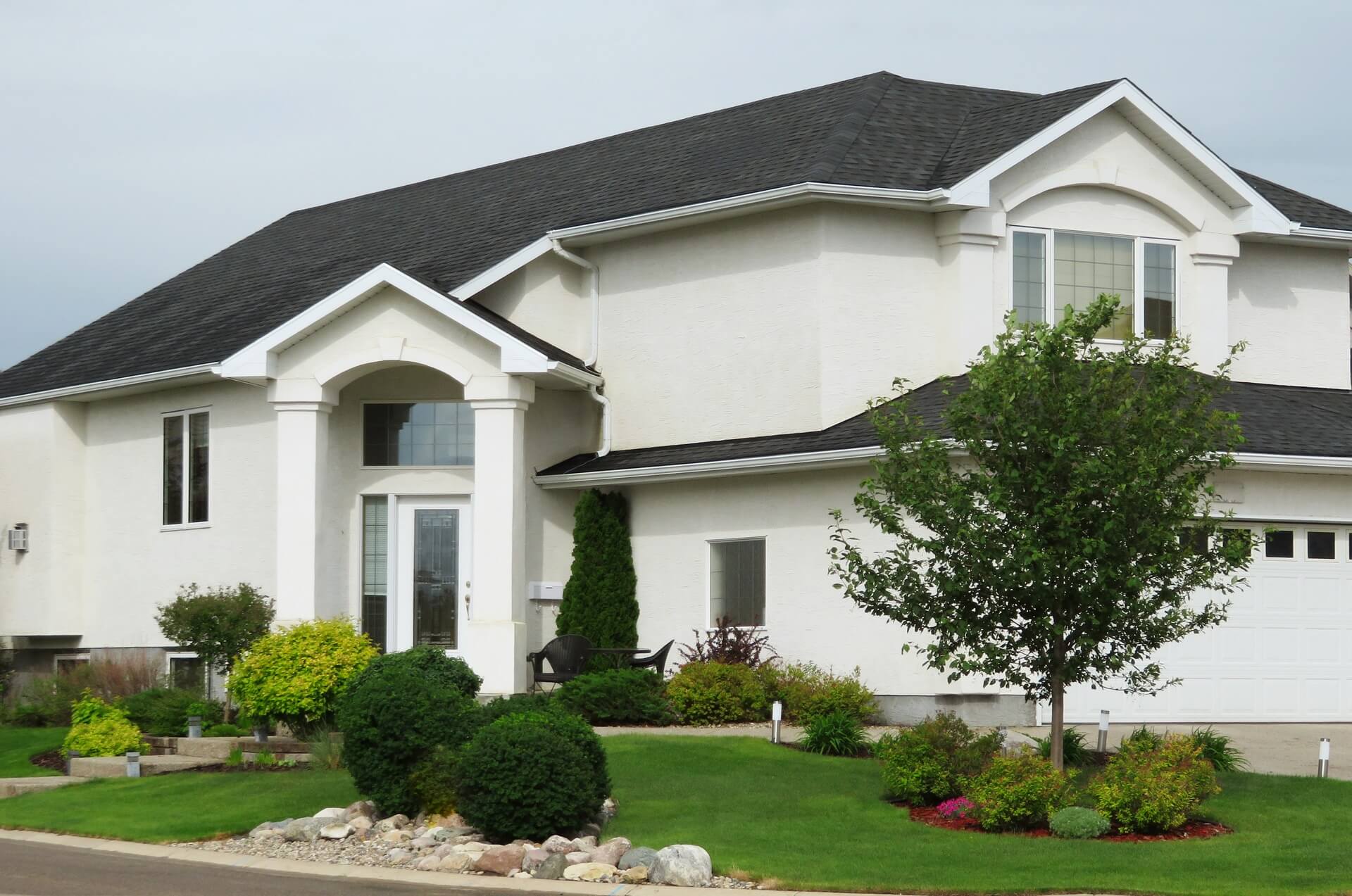In today’s world, with a huge push toward ann-natural and organic products, the word “synthetic” seems like a negative. It doesn’t have to be, though. While organic food is better for our bodies and non-toxic cleaning products are better for our lungs, all-natural home siding doesn’t always fare so well. Natural wood siding is a beautiful option, but it doesn’t always stand up to the weather and the wear and tear of time.
Synthetic products, on the other hand, are specifically designed and engineered to do just that. Modern materials have a number of advantages, and they may just be the best option for your home. To help you consider the positive side of synthetic siding, Siding in Vancouver gave us a quick run-down of three major benefits that the products offer.

Highly Durable
When properly installed, synthetic siding is all but invulnerable. Fiber cement and vinyl siding, the most popular options in the category, sand up extremely well to outside damage, be it from weather or general wear and tear. The products offer a solid, synthetic base of either vinyl or cement, both of which offer considerable resilience. Another excellent advantage of synthetic products is that they are not affected by moisture. This means that they do not warp, chip, or crack as the weather patterns change, lending them a long lifespan.
Vinyl offers a unique advantage in this particular category, having the option of added foam backing. This backing serves as an extra layer of insulation, as well as an impact absorber for the scrapes and bumps of life. As an extra bonus, this material can increase energy efficiency, with many customers reporting gains of over 30%.
Thanks to this inherent durability, most manufacturers offer a sizeable warranty on synthetic products. For fiber cement products, the warranty is often somewhere in the range of thirty to fifty years, covering all factory flaws. Vinyl warranties tend to be a bit shorter, though still lengthy, generally falling somewhere between fifteen and twenty years. These materials look just like new for a remarkably long time.
 Resilient and Resistant
Resilient and Resistant
Another advantage of synthetic siding materials is the fact they tend to be quite impervious to a wide variety of threats that natural wood faces. Both stand up well to rot and insects, as neither pest particularly enjoys the chemical composition of the boards. This is particularly true when it comes to dry rot and termites, both of which are major issues for many homeowners. As both of these pests require organic material in order to grow, synthetic siding stops them before they even get started. When you decide to invest in synthetic siding, you can cross these two issues off your list of things to worry about.
Fiber cement, in particular, offers a special claim–that of fire resistance. The non-flammable material provides home and business owners with peace of mind, knowing that their walls are safe from outside flames. Fiber cement is such an effective flame deterrent, in fact, that many home and fire insurance providers will offer significant discounts on fire insurance policies for buildings that are made with the material.

Fully Customizable Appearance
Synthetic siding is, as its name implies, a manufactured material. Crafted from scratch, it can be placed into any mold, taking on just about any shape that you desire. If you are in the market for a long-lasting, highly realistic mimic of wood, stone, or brick, vinyl, and fiber cement siding are both easily adaptable to these shapes. You can also try something entirely unique, carving different shapes from the material, or try out something in between the two ends of the spectrum, such as creatively shaped shingles or scallops. Overall, the bottom line is that these extremely adaptive materials will work well for just about any aesthetic.
 In addition to having a wide range of options as far as shape goes, synthetic siding is also great for color options. Fiber cement is offered in a wide range of factory colors that are baked into the material, making is a longer-lasting shade than a typical house paint. Vinyl does have the upper hand in this category, however, boasting pigmentation that goes all the way through the boards (or whatever shape you have chosen). As the pigmentation runs all the way through, it is very difficult to cause any major color damage to the boards. Scrapes and scratches on the surface simply show the color beneath them, which is exactly the same as the color on top. Cracking and chipping paint is not even an issue.
In addition to having a wide range of options as far as shape goes, synthetic siding is also great for color options. Fiber cement is offered in a wide range of factory colors that are baked into the material, making is a longer-lasting shade than a typical house paint. Vinyl does have the upper hand in this category, however, boasting pigmentation that goes all the way through the boards (or whatever shape you have chosen). As the pigmentation runs all the way through, it is very difficult to cause any major color damage to the boards. Scrapes and scratches on the surface simply show the color beneath them, which is exactly the same as the color on top. Cracking and chipping paint is not even an issue.

While “synthetic” may have gained a negative connotation over the years, there are plenty of good things about synthetic siding materials. They hold up well to weather, as well as impact and other forms of damage. Benefitting from modern engineering, they are resistant to all major pests and tend to last for quite a long time. Available in a huge range of long-lasting colors, synthetic materials might be just the thing that you are looking for in your home.








1 Comment